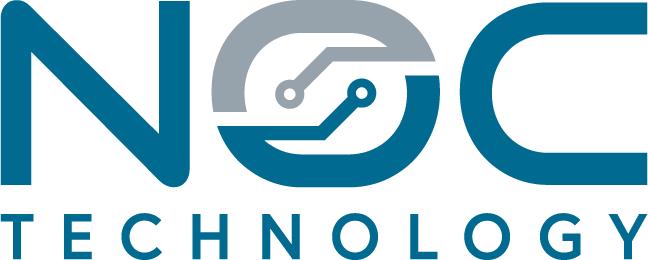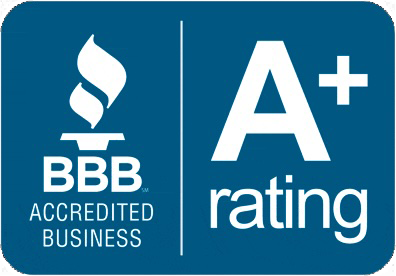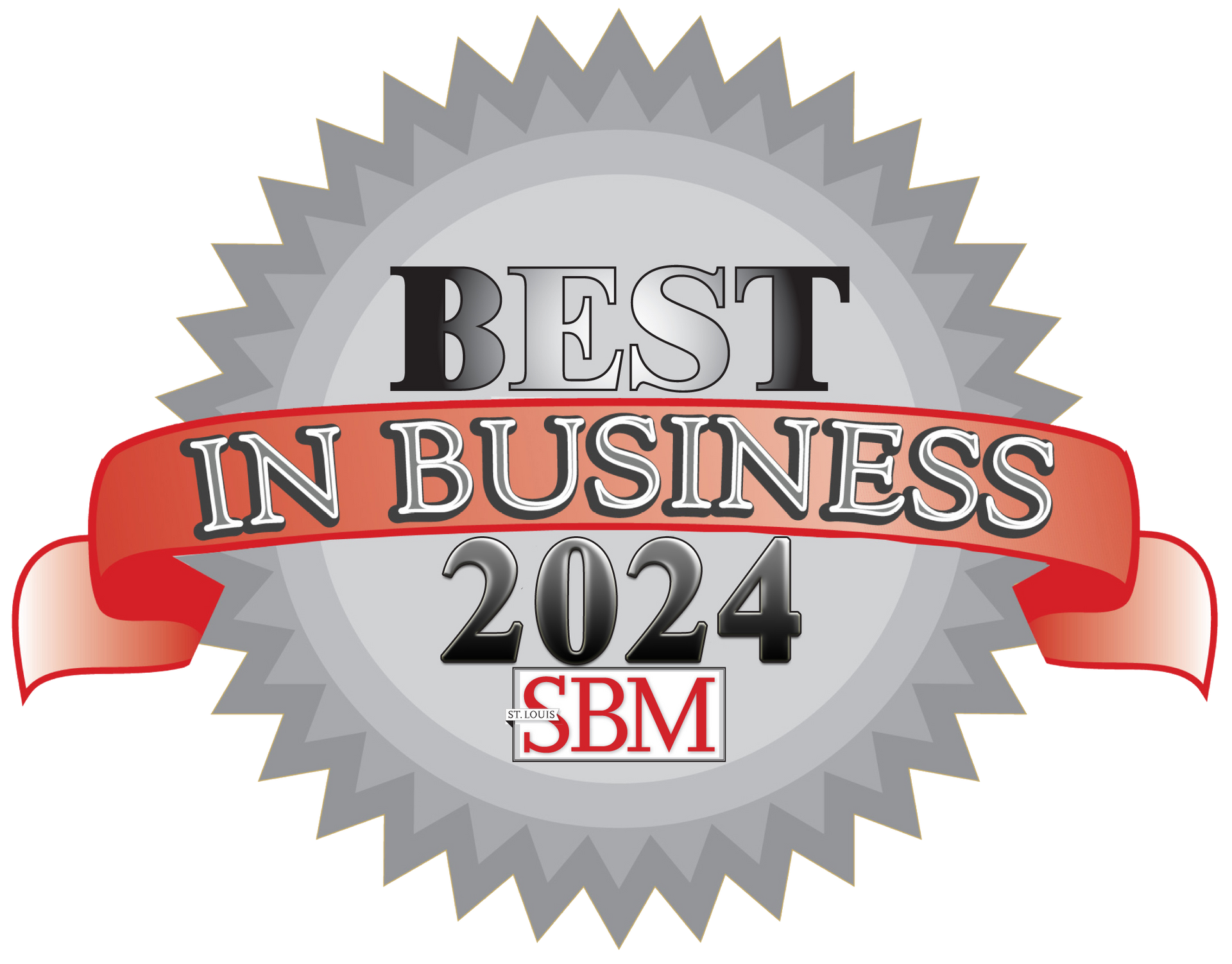It's ok to break up with bad IT
by Jon Lober | NOC Technology

Breaking up doesn't have to be a bad thing.
Yes, we're aware that it's the season of love and celebrating relationships. But what if that relationship is broken? Don't wait until after Valentine's Day— it's ok to move on from a bad IT service provider.
Here's the seven things we think you deserve to expect in your relationship with your MSP.
How to know you need to break up with your MSP:
1. They're not answering your calls.
If they don't have time for you, then why are you still hanging around? You deserve timely support. Your IT team should be actively answering your calls to provide you
with quality, US-based support.
2. They're not making sure you're OK.
Your MSP should be proactively monitoring and managing your critical systems.
If there
is a problem with critical systems and servers, you shouldn’t be the one informing your IT support team– they should be telling you.
3. They're not planning for the future.
When it comes to IT, you actually
should have a backup plan.
Your MSP should be establishing a business continuity and disaster recovery plan (BCDR) to help determine how your business would operate and recover should the worst happen (think natural disaster or cyberattack).
4. They're not there when you need them.
We think everyone deserves a supportive relationship. But as a business owner, it’s impossible to predict how much IT support you may need. You should know your support team is available anytime you need them.).
5. They're not making you feel safe.
Your IT support provider should be the frontline of defense against everyone who wants to harm you. Your MSP should be providing DNS and spam filtering to keep your business safe from accidental clicks and phishing attacks.
6. They're not good communicators.
This isn't a you problem— you shouldn't
have
to nag. You shouldn’t have to ask—your IT support provider should communicate anytime they are working on your network to keep your team and customers informed.
7. They're not honest with you.
Your billing should be consistent and transparent. A good IT provider makes accounting easy and helps control costs. You should receive a regular monthly invoice without unexpected fees.
Feeling overwhelmed?
We're committed to making transitions easy.




